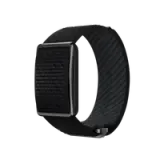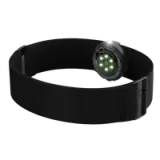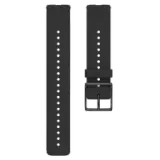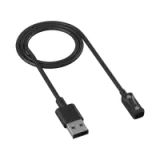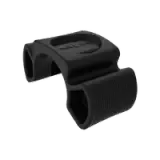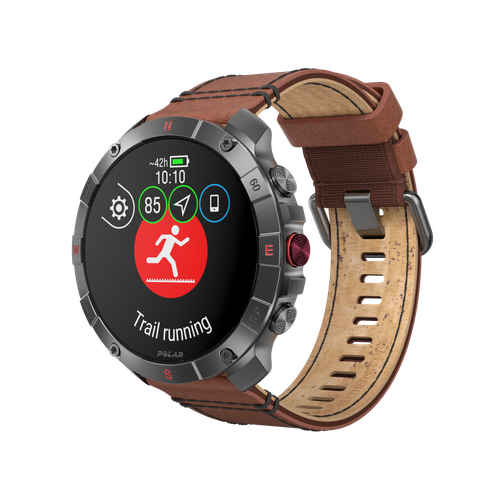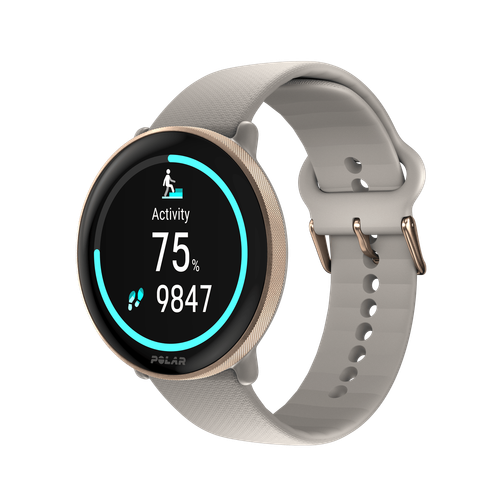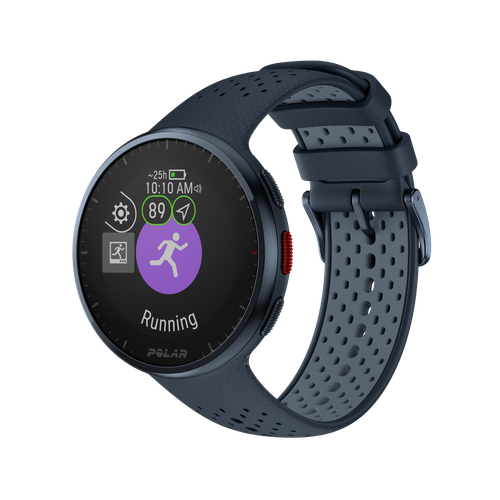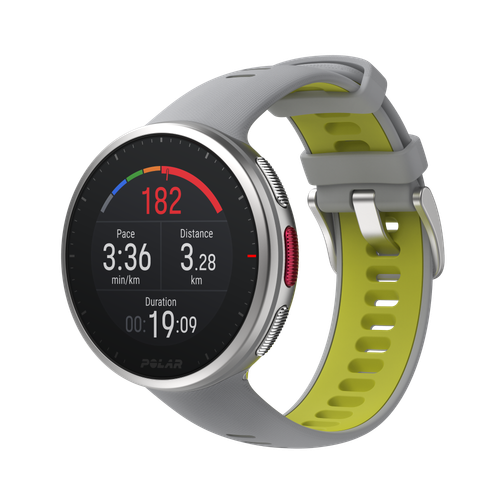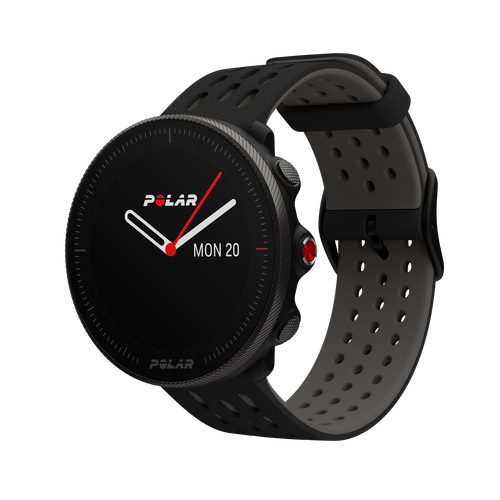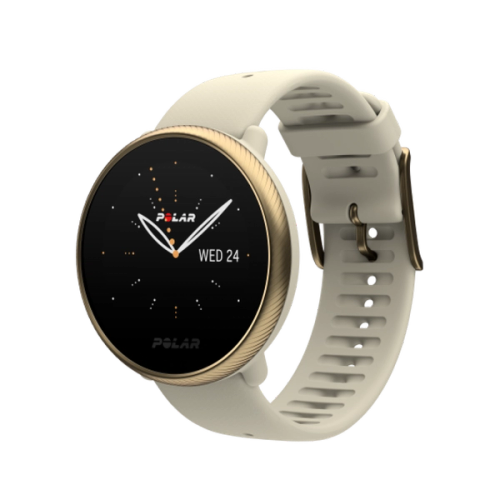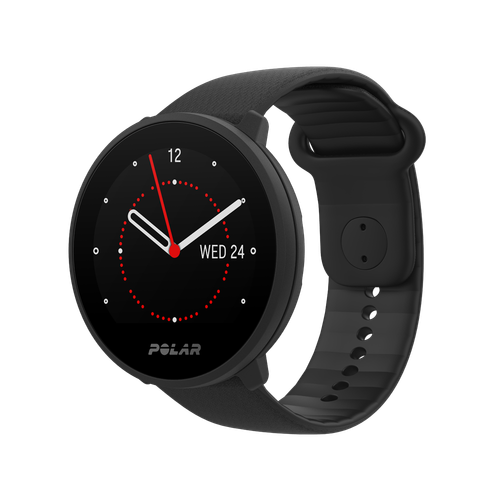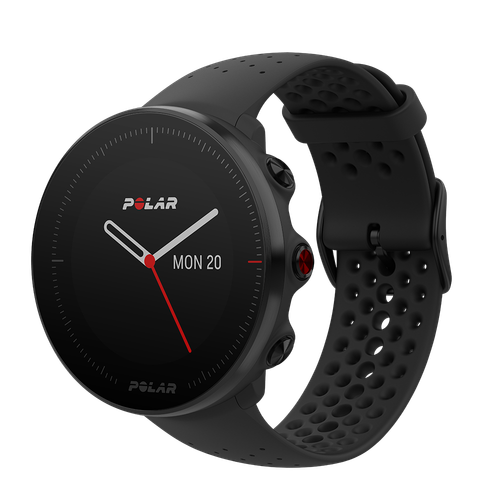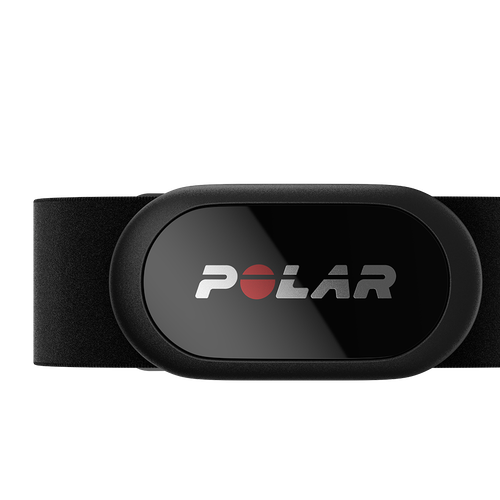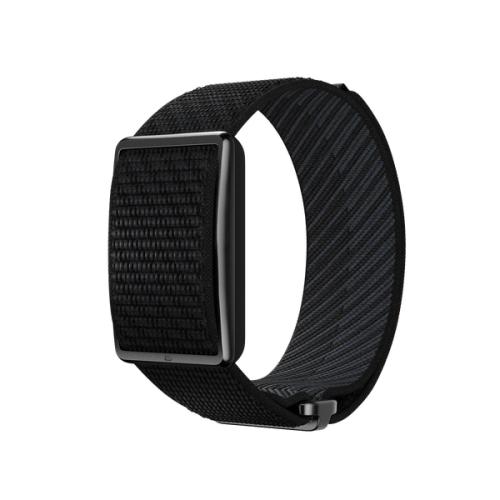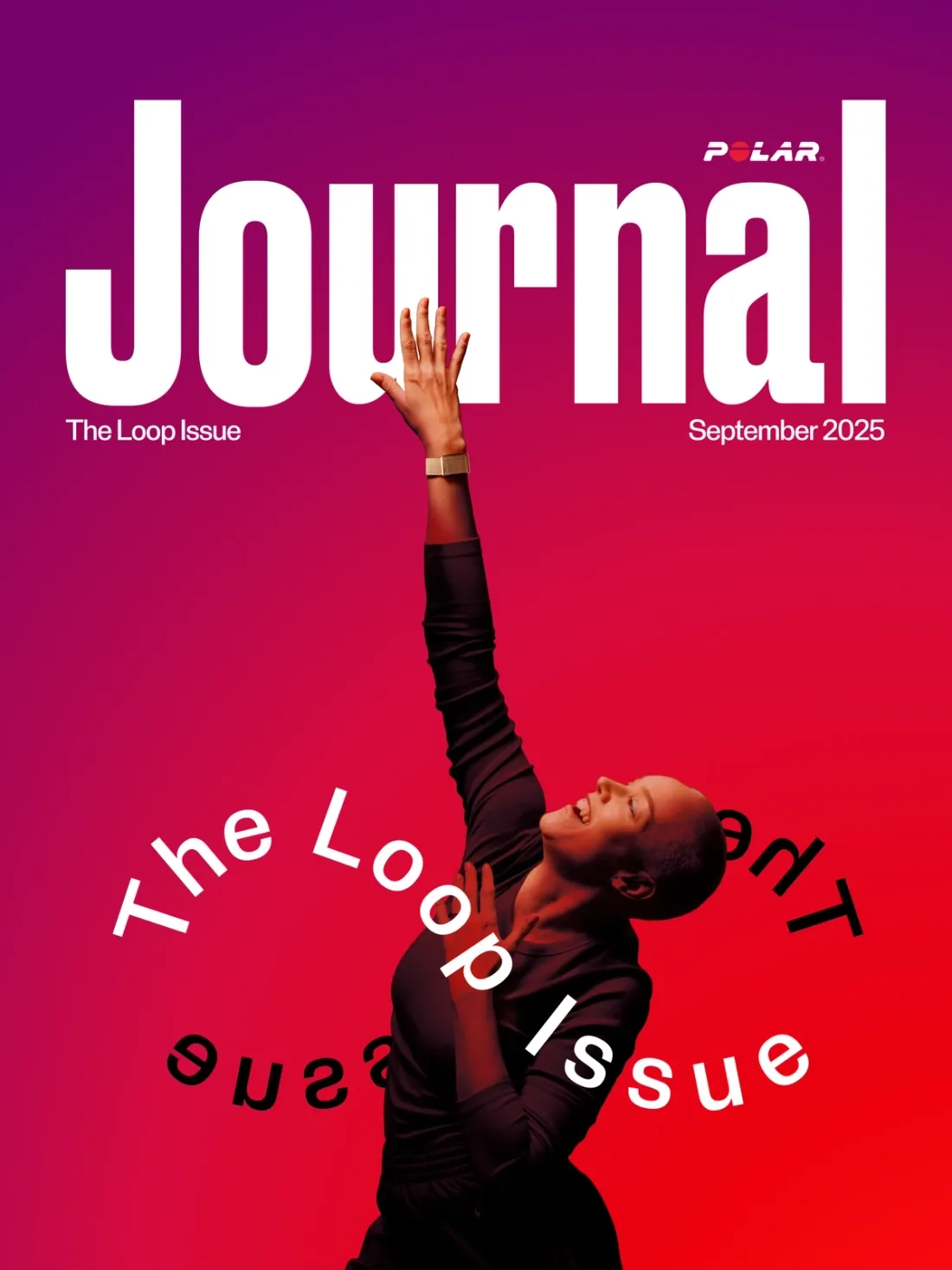Have you ever had a brilliant idea for a habit, like "I'm going to run three times a week," and then… you don't? You're not alone. The problem isn't a lack of willpower – it's a lack of a clear plan. The good news is that you don't have to overhaul your entire life to make a significant change. Tiny actions, consistently applied, lead to big results.
This strategy isn’t about dramatic transformations or 'eat, pray, lift' manifestos. This is about being kinda lazy but also super effective. We’re talking about creating a series of tiny, almost-silly actions that are so easy to do, you'd feel more ridiculous not doing them. The key is to remove all the guesswork from your day. We'll use a simple but powerful strategy called 'If-Then' planning.
If you’re ready to stop making grand promises and start making consistent progress, then here's how to get started.
What’s the idea: Building your 'if-then' plan
You've probably thought, "That's easy for them to say, but my life is chaos!" We get it. The beauty of this system is that it's designed for precisely that kind of chaos. Instead of trying to be a perfect human, you're just writing a simple cheat sheet for yourself.
Here’s your three-step guide to becoming a master of your tiny actions.
Step 1: Pick your habit (and get specific)
Forget vague goals like "I want to be healthier." That’s like a recipe that just says, "cook food." Instead, pick one specific habit from one category: training, fueling, recovery, or sleep.
- Training: "I want to do more squats."
- Fueling: "I want to drink more water."
- Recovery: "I want to stretch after my workouts."
- Sleep: "I want to stop scrolling right before bed."
Got one? Good. Now, let’s move on to the sneaky part.
Discover Polar Journal
Polar Journal is a space for stories that inspire movement. Each edition blends practical training tips, sports science, and inspiring journeys from athletes and those who live and breathe an active life.
Read Polar Journal
Step 2: List your cues (and blockers)
This is where you need to get real with yourself. Think about the specific moment when you have to make a choice. What's the cue that you can use? It should be something that happens reliably, like almost every single day. A blocker is the thing that stops you.
- If your habit is 'drink more water,' a great cue is pouring your morning coffee. A blocker might be forgetting to fill your bottle.
- If your habit is 'stretch after a workout,' a great cue is taking off your shoes. A blocker might be getting distracted by your phone.
- If your habit is 'stop scrolling before bed,' a great cue is plugging your phone in to charge. A blocker is keeping your phone next to your bed.
So, what’s your cue and your blocker? Write it down.
Step 3: Write your script (The 'if-then' formula)
Now, combine the first two steps into a crystal-clear, no-guesswork action. Use the If X, then Y formula. The X is your cue, and the Y is your tiny, specific action that overcomes the blocker.
- If I pour my morning coffee, then I also fill a water bottle to drink throughout the morning.
- If I finish my work out and take off my running shoes, then I grab my foam roller and stretch for 10 minutes.
- If I plug my phone in to charge for the night, then I immediately walk it to the kitchen counter to keep it out of the bedroom.
See how simple that is? It's not about being perfect; it's about being prepared. Pick one habit, write your script, and then put it somewhere you can actually see it. Your brain will thank you for removing the hard part of making a decision every day.

Enjoying this article? Subscribe to Polar Journal and get notified when a new Polar Journal issue is out.
Subscribe
If-then examples
Struggling to figure out your blocks and cues? Here are some examples to get your ideas flowing.
Fueling habits
- If I'm using my computer for work, then I take a sip from my water bottle every time I open a new browser tab.
- If I'm heading out the door for a workout but feel low energy, then I make a quick smoothie with a banana and a spoonful of protein powder.
- If I come home from a run or a gym session, then I immediately grab a Greek yoghurt or chocolate milk from the fridge.
- If I get a craving for something sweet after dinner, then I eat a piece of fruit instead.
- If I'm going for a run longer than 50 minutes, then I plan to drink water after 30 minutes.
- If my workout is longer than 60 minutes, then I make sure I have a sports drink or energy gel on hand to consume every 30-45 minutes.
- If I feel a drop in energy during a long session, then I immediately take a gel and drink some water to get a quick dose of carbs and electrolytes.
- If I have a tough training session this week, then I ensure my evening meals are extra rich in complex carbohydrates (such as sweet potatoes or brown rice) to fully restock my glycogen stores for the next day.
undefined
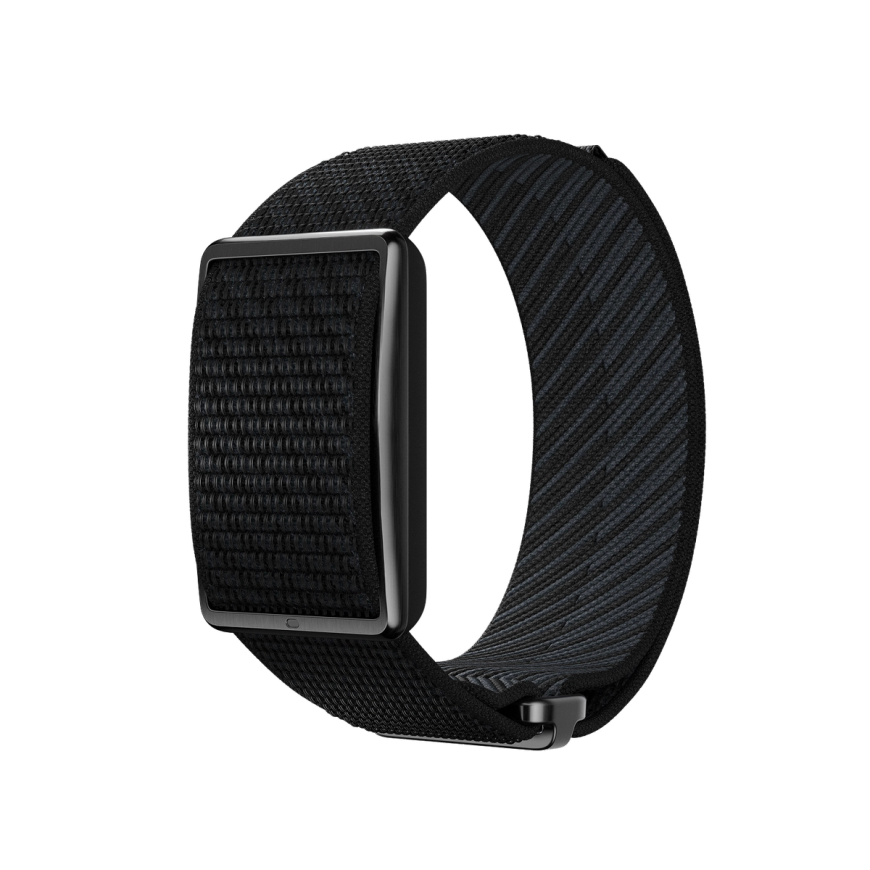
POLAR Loop
Screen-Free Wearable Health Band & Fitness Tracker
POLAR Loop is a screen-free, subscription-free fitness band that helps you sleep better, recover smarter, and stay active—without distractions.
Training habits
- If I have a race or goal in mind, then I write it on a sticky note and put it on my bathroom mirror.
- If my workout is scheduled for the morning, then I lay out my workout clothes and shoes the night before.
- If the elevator is full, then I take the stairs.
- If my training session is scheduled for this afternoon, then I put on my workout clothes right after work.
- If I feel bored with my usual route, then I try a new trail or turn the opposite way at the first intersection.
- If I'm about to go on an easy run, then I leave my headphones at home to focus on my form and breathing.
- If I'm driving to my run or the gym, then I do 20 seated calf raises while waiting at a red light.
- If I’m about to start a Netflix marathon, then I do 10 squats during the opening credits of each show.
- If my HRV is lower than usual, then I add 20 seconds to my running pace that day.
- If my Cardio Load Status is 'Maintaining,' then I add one new high-intensity interval session to my weekly plan to boost my short-term strain.
- If my Cardio Load Status is 'Productive', then I stick to my planned workout for the day and won't add extra unplanned volume or intensity.
- If my Cardio Load Status is 'Overreaching', then I switch my planned workout to an active recovery day, such as a light yoga session or a walk.
- If my step count is less than 10,000 steps by 5 pm, then I go for a walk while listening to my favorite podcast to pass this goal.
- If my weekly training summary shows a high percentage of time in Zone 1-2 (easy) by Friday, then I add an interval or speed session to my weekend.
- If my Polar SleepWise™ shows a peak Boost from Sleep right an hour before my planned workout, then I shift my session to earlier to make the most of my peak alertness.
Learn to train by heart rate with the Polar Guide to Heart Rate Training.
Recovery & sleep habits
- If my alarm goes off, then I open the curtains or turn on a light to signal my body to wake up.
- If I feel a headache coming on, then I drink a large glass of water and lie down for 10 minutes with my feet up.
- If my stress level is high by 5pm, then I do five minutes of mindful breathing before dinner.
- If I'm done with my last meal of the day, then I brush my teeth immediately to signal my brain it’s time to wind down.
- If my phone goes on the charger, then I leave it in another room to avoid late-night scrolling.
- If I feel anxious before bed, then I write down three things I'm grateful for from the day.
- If I get in bed, then I do two minutes of a body scan to release tension.
Want to read more about sleep and recovery? Check out our Polar Guide to Sleep.
Don't wait for a perfect day to start
The secret to big results isn't about massive change – it's about tiny, consistent steps. By creating your own 'If-Then' plan, you're not just building better habits, you're building a simpler, more effective way to live. Now go out there and make something happen, one small action at a time.
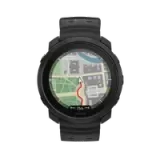 Polar Vantage M3
Polar Vantage M3
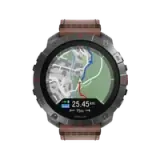 Polar Grit X2 Pro Titan
Polar Grit X2 Pro Titan
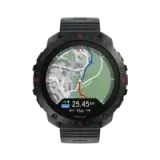 Polar Grit X2 Pro
Polar Grit X2 Pro
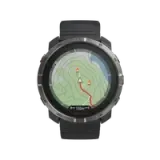 Polar Grit X2
New
Polar Grit X2
New
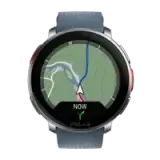 Polar Vantage V3
Polar Vantage V3
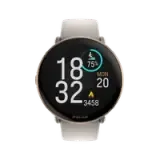 Polar Ignite 3
Polar Ignite 3
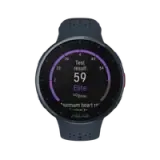 Polar Pacer Pro
Polar Pacer Pro
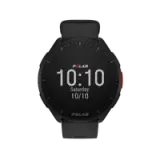 Polar Pacer
Polar Pacer
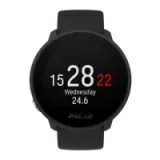 Polar Unite
Grit X Series
Vantage Series
Pacer Series
Ignite Series
Polar Unite
Grit X Series
Vantage Series
Pacer Series
Ignite Series
